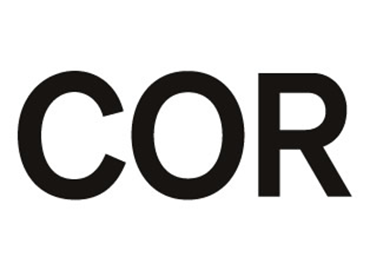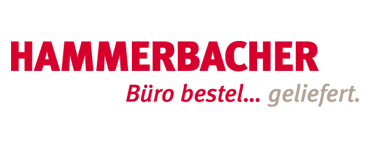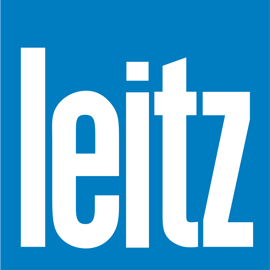About COR
The family-owned German company from tranquil Rheda-Wiedenbrück manufactures furniture to meet the highest demands and has launched several designer classics since its foundation in 1954. Solid craftsmanship, individuality and attention to detail are part of the brand’s essence — which is why COR furniture is sold through exclusive specialist retail partners.
In addition, the company furnishes hotels, office buildings and even cruise ships. Renowned designers such as Luigi Colani, Peter Maly, Jehs+Laub and Pauline Deltour have designed unique furniture for both private and public spaces. Companies such as Google, Netflix and Spotify are among the references, as are various banks, hotels and corporate administrations such as Otto, BP and DHL
COR's target markets are mainly Germany and its neighboring countries, as well as the United States as the most important market outside Europe. With a team of around 220 employees, the company generated sales of around 50 million euros in 2022







